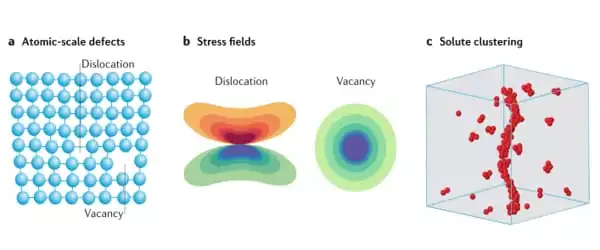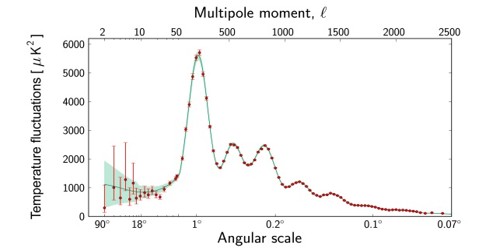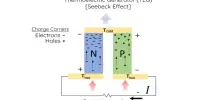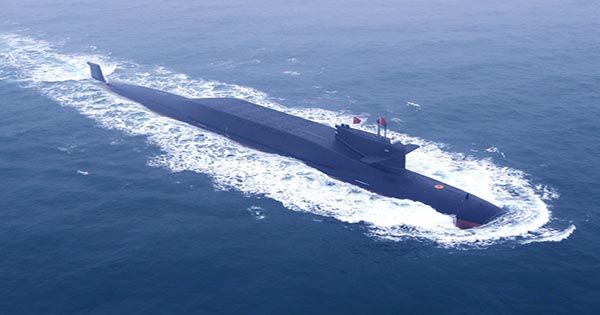When designing aircraft, spacecraft, and other structures, the amount of stress a material can withstand before cracking is critical information. For the first time, aerospace engineers used machine learning to predict stress in copper at the atomic scale.
One of the fundamental principles that govern the behavior of condensed matter and supports its description in terms of local entities such as chemical bonds are electronic nearsightedness. The locality also underpins the phenomenal success of machine-learning schemes that predict quantum mechanical observables like cohesive energy, electron density, or a variety of response properties as a sum of atom-centered contributions based on a short-range representation of atomic environments. One of the main shortcomings of these approaches is their inability to capture long-range physical effects such as electrostatic interactions and quantum delocalization.
When designing aircraft, spacecraft, and other structures, the amount of stress a material can withstand before cracking is critical information. For the first time, aerospace engineers at the University of Illinois Urbana-Champaign used machine learning to predict stress in copper at the atomic scale.
We tested the machine learning algorithm’s accuracy with a variety of grain boundary structures until we were confident that the approach was reliable. Each grain is a single crystal structure in which all of the atoms are neatly and orderly arranged. However, the atomic structure of the boundary where these grains meet can be very complex, with extremely high stresses.
Yue Cui
Materials, such as copper, are very different at these very small scales, according to Huck Beng Chew and his doctoral student Yue Cui. “Metals are typically polycrystalline in the sense that they have many grains,” Chew explained. “Each grain is a single crystal structure in which all of the atoms are neatly and orderly arranged. However, the atomic structure of the boundary where these grains meet can be very complex, with extremely high stresses.”
These grain boundary stresses are responsible for the metal’s fracture and fatigue properties, but such detailed atomic-scale stress measurements were previously limited to molecular dynamics simulation models. Using data-driven approaches based on machine learning, the researchers were able to quantify grain boundary stresses in actual metal specimens imaged by electron microscopy for the first time.

“We trained our machine learning algorithm to recognize the arrangements of the atoms along the boundaries and identify patterns in the stress distributions within different grain boundary structures using molecular dynamics simulations of copper grain boundaries,” Cui explained. Eventually, the algorithm was able to predict grain boundary stresses with atomic-level precision from both simulation and experimental image data.
“We tested the machine learning algorithm’s accuracy with a variety of grain boundary structures until we were confident that the approach was reliable,” Cui explained. Cui stated that the task was more difficult than they anticipated and that they had to incorporate physics-based constraints into their algorithms in order to achieve accurate predictions with limited training data.
“When you train the machine learning algorithm on specific grain boundaries, you will get extremely high accuracy in stress predictions for these same boundaries,” Chew explained, “but the more important question is, can the algorithm then predict the stress state of a new boundary that it has never seen before?” Chew said, the answer is yes, and very well in fact.
“Machine learning improves the field of material mechanics by allowing us to use data to make predictions quickly and autonomously. This represents a significant advancement over the development of complicated and highly specific physics-based models to predict failure “Chew stated.
The first step in designing aerospace materials for extreme environment applications is to measure these grain boundary stresses. “Being able to establish quantitative descriptors of the boundaries will allow scientists to engineer grain boundaries to be stronger, as well as more heat and corrosion resistant,” Chew explained.
Cui emphasized that the algorithm they developed is very general and can be used to quantify the atomic-scale stresses that govern fracture and failure processes in a wide range of other material systems. Ali Sayir funded this research through the Air Force Office of Scientific Research’s Aerospace Materials for Extreme Environments program.
















